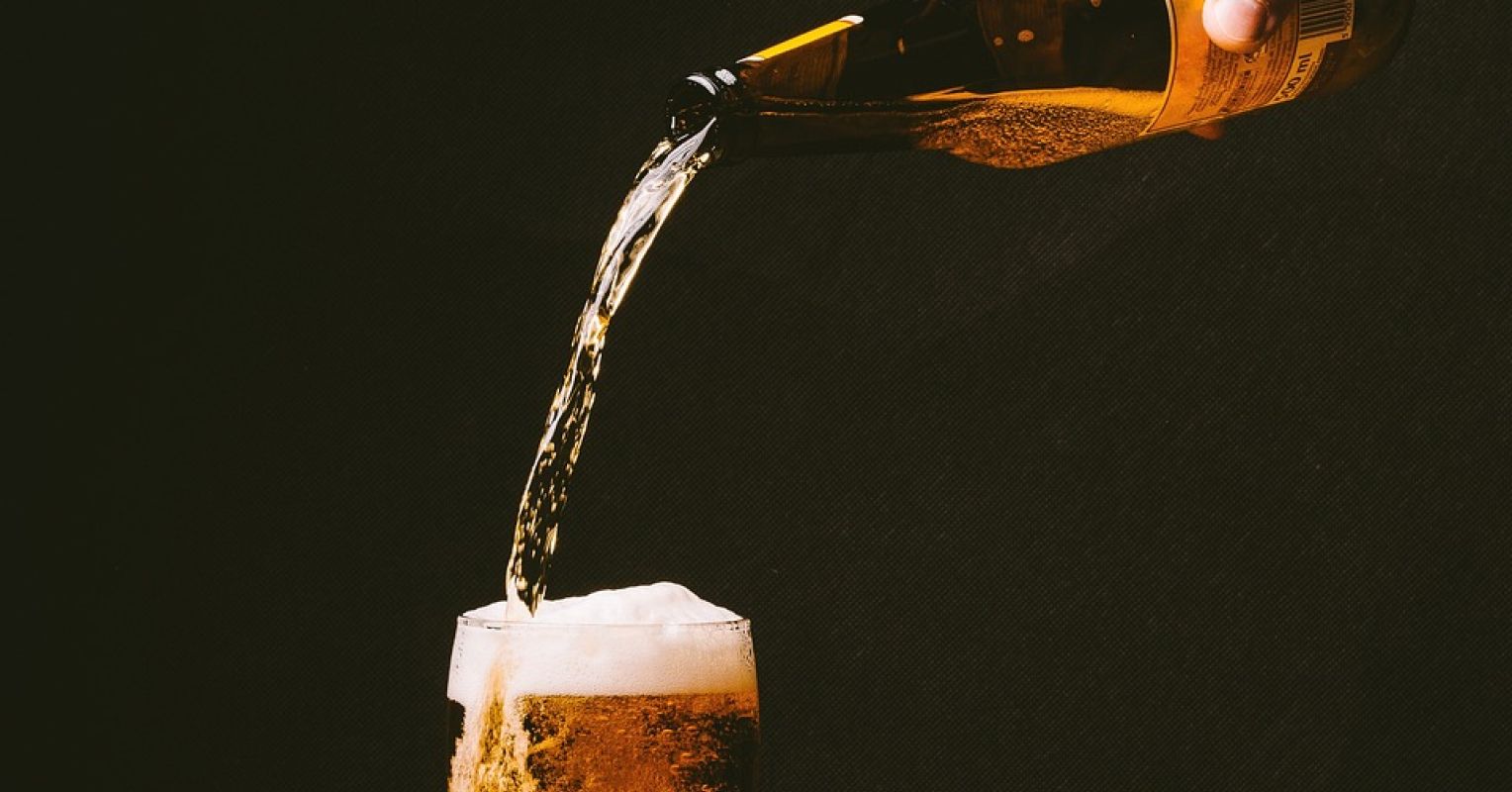
"Habits start as behavioral solutions to an underlying emotional trigger, often anxiety or stress. Because they work-you get an immediate moment of relaxation when you check your phone or pour a drink-they get repeated."
"Knowing what triggers your behavior is the first step in breaking a neurological circuit; recognizing the trigger makes it less of a trigger. With recognition, you have an opportunity to do something different."
"Breaking a bad habit is not about white-knuckled stopping but a planned replacement: Sit on your hands during the movie; make yourself a mocktail when you get home."
Breaking bad habits requires understanding their roots in emotional triggers like anxiety. Habits form from repeated behaviors that provide immediate relief, making them automatic. To successfully curb these habits, it is essential to identify environmental and emotional triggers. Planning alternative behaviors is crucial; for instance, replacing nail-biting with squeezing a ball or drinking a mocktail instead of alcohol. Additionally, having a support system can make this process easier, allowing individuals to consciously replace their habits with healthier actions in advance.
Read at Psychology Today
Unable to calculate read time
Collection
[
|
...
]